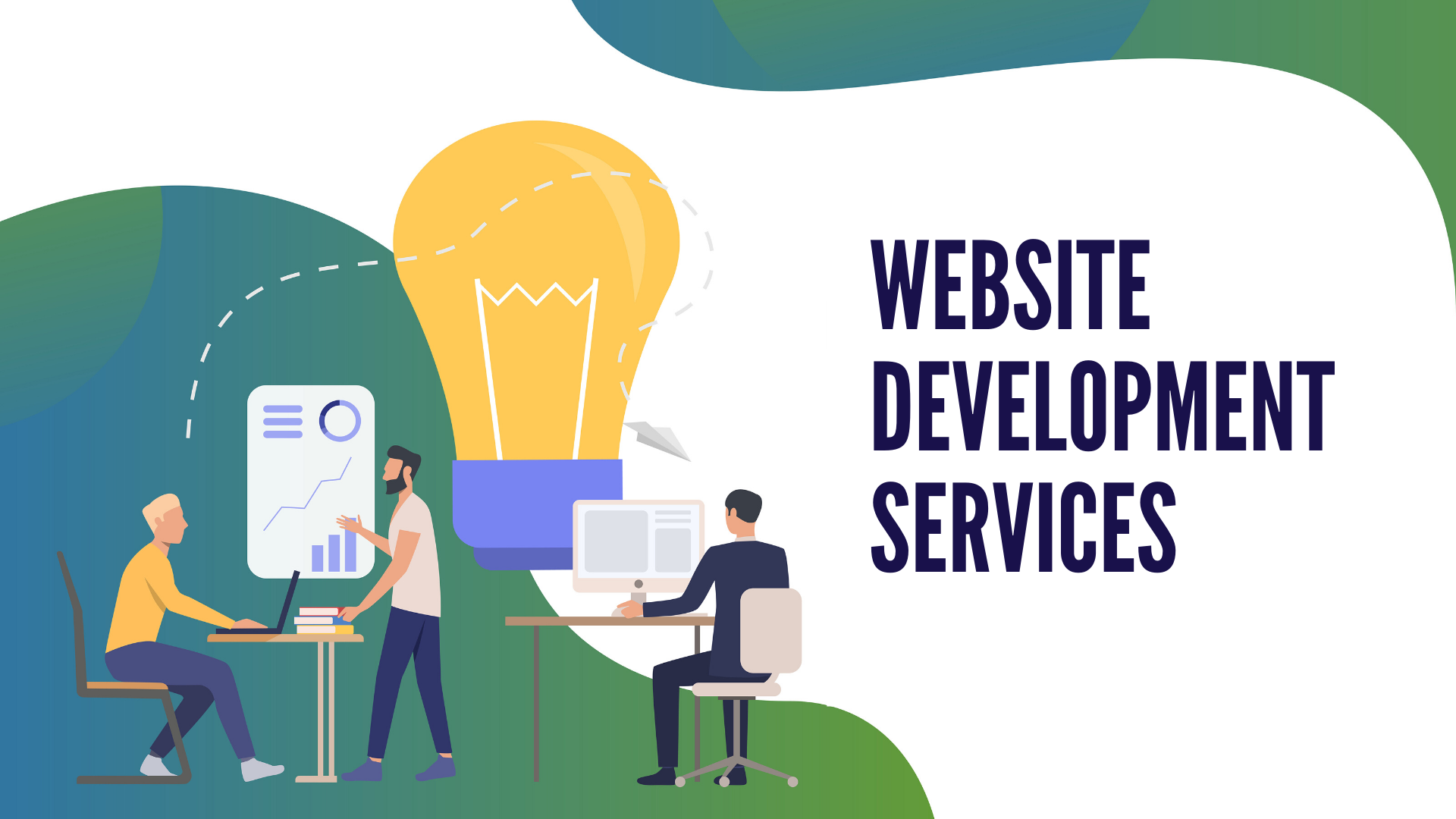In the digital age, a well-developed website is fundamental to establishing a solid online presence, engaging customers, and driving growth. Web development services encompass the processes, technologies, and expertise required to create websites that are functional, responsive, and aligned with business goals. Choosing the right web development services for a small business, a large enterprise, or an e-commerce store can significantly impact success. This guide covers the types of web development services available, the benefits of hiring a professional team, and the latest industry trends.
Table of Contents
ToggleCritical Types of Web Development Services
1. Frontend Development
Frontend development focuses on the parts of a website that users interact with directly. This includes the design, layout, and interactive elements that create a seamless user experience. Frontend developers use HTML, CSS, JavaScript, and frameworks like React and Angular to build visually appealing and responsive websites.
2. Backend Development
Backend development powers a website’s behind-the-scenes functionality. Developers handle server-side operations, databases, APIs, and security, ensuring smooth operation and data processing. Popular backend technologies include Node.js, PHP, Python, and Ruby on Rails.
3. Full-Stack Development
Full-stack development covers both frontend and backend, allowing developers to build entire web applications from start to finish. Full-stack developers are skilled in user experience and server-side programming, providing versatile solutions for complex web projects.
4. E-commerce Development
E-commerce development focuses on building online stores with secure payment gateways, user-friendly product displays, and intuitive checkout processes. Platforms like Shopify, WooCommerce, and Magento are often used to build customized e-commerce websites.
5. Content Management System (CMS) Development
CMS development involves creating websites on WordPress, Joomla, and Drupal, allowing users to update and manage content easily without technical skills. CMS development is ideal for businesses seeking a flexible, user-friendly way to maintain their website content.
6. Custom Web Application Development
Custom web applications are tailored solutions for unique business requirements, including portals, management systems, and other web-based tools. Custom development often uses frameworks like Django, Laravel, and ASP.NET to create particular and scalable applications.
Why Choose Professional Web Development Services?
1. Improved User Experience
Professional developers prioritize user experience by designing websites that are easy to navigate, mobile-friendly, and accessible. A well-designed UX/UI can enhance customer satisfaction, increase engagement, and boost conversion rates.
2. Enhanced Website Security
Security is a top concern for any business. Professional developers follow best practices in data protection, SSL implementation, and secure coding techniques to ensure customer data and website assets are safe from threats.
3. SEO and Performance Optimization
Search engine optimization (SEO) and performance are critical for online visibility. Skilled web developers optimize websites for faster loading times, keyword-rich content, and clean code, improving search rankings and user retention.
4. Custom Solutions for Unique Needs
Every business has specific needs that require tailored solutions. Professional developers offer custom functionality, API integrations, and specialized features that align perfectly with business goals.
5. Responsive Design for Mobile Users
With most web traffic coming from mobile devices, responsive design is essential. Professional web developers ensure websites perform seamlessly on all devices, enhancing accessibility and user engagement.
Emerging Trends in Web Development Services
1. Progressive Web Apps (PWAs)
PWAs combine the best websites and mobile apps, allowing users to access content quickly without downloading an app. They provide offline access, faster load times, and a seamless user experience, making them a top business choice.
2. Voice-Activated Interfaces
As voice search grows, integrating voice-activated interfaces has become a priority. Web developers are now optimizing websites for voice commands and making them compatible with voice-enabled devices like Alexa and Google Home.
3. Artificial Intelligence (AI) and Chatbots
AI and chatbots enhance user engagement by providing instant support and personalized recommendations. Developers increasingly incorporate AI tools to automate customer service and improve website functionality through intelligent, data-driven interactions.
4. Motion UI
Motion UI uses animations to enhance user experience and make websites visually engaging. This trend includes interactive transitions, micro-animations, and hover effects that add a layer of sophistication to modern web design.
5. Single-Page Applications (SPAs)
SPAs load a single HTML page and dynamically update content, providing a smooth browsing experience. SPAs are built with JavaScript frameworks like Angular, React, or Vue, making them faster and more responsive, which is ideal for complex web applications.
How to Choose the Right Web Development Service Provider
1. Define Project Scope and Goals
Start by identifying your project’s specific requirements. Do you need a simple website, an e-commerce store, or a custom web application? Clear objectives make it easier to choose a provider with relevant expertise.
2. Evaluate Technical Expertise
Look for a provider with proven skills in the technologies and platforms you need. Ask to see their portfolio or case studies to evaluate their past work, especially on similar projects.
3. Check for Responsive Design and Mobile Optimization
A mobile-friendly design is crucial in today’s web environment. Choose a service provider who prioritizes responsive design and can demonstrate expertise in mobile optimization.
4. Inquire About Maintenance and Support
Websites require regular updates and maintenance. Ensure the provider offers support services after launch to keep your site secure, up-to-date, and fully functional.
5. Assess SEO and Performance Capabilities
A good provider understands the importance of SEO and site performance. Ensure they follow best practices in SEO, including fast-loading pages, clean code, and SEO-friendly structure.
Conclusion
Selecting the right web development services can transform your online presence and support long-term business growth. Businesses can make informed choices that align with their goals by understanding the different types of services available, from front-end to full-stack development, and recognizing emerging trends like PWAs and AI. Working with a professional web development team ensures your website is visually appealing, functional, secure, and optimized for search engines. With the right partner, you’ll be well-equipped to reach your audience, enhance user engagement, and drive results in the digital space.



